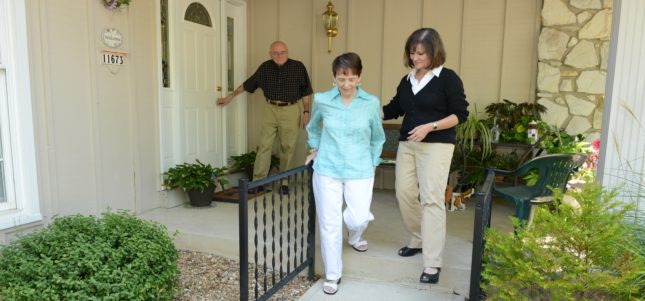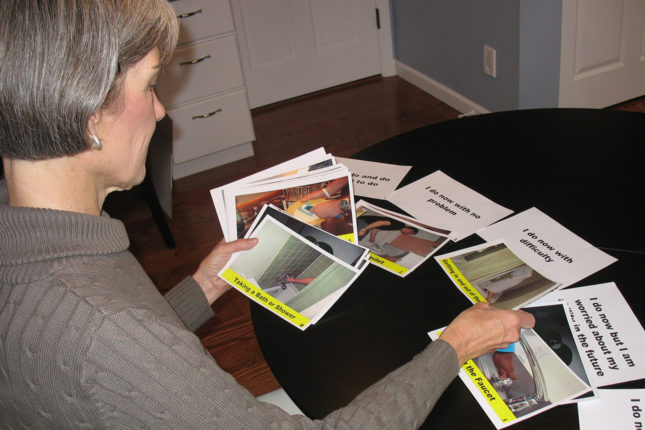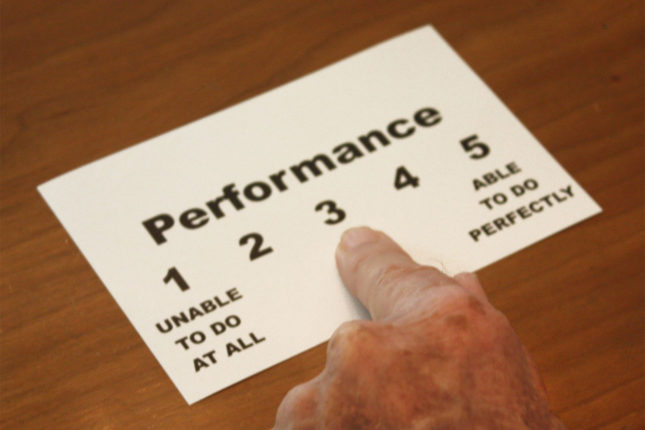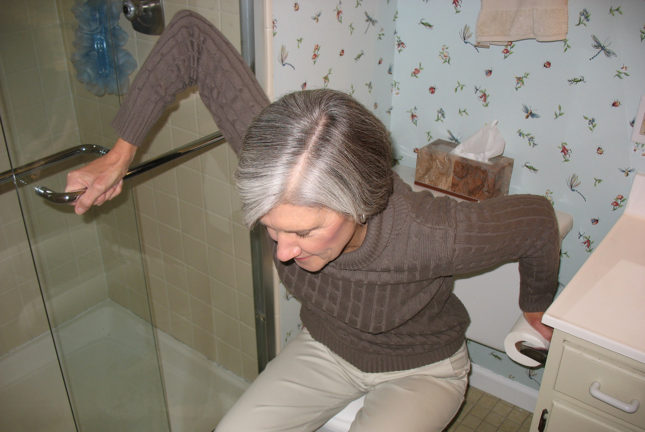
The In-Home Occupational Performance Evaluation (I-HOPE) targets activities performed in the home that are essential for aging in place. The purpose of the I‐HOPE is to measure the effects of an incompatibility between a person’s abilities and the environment or the “person-environment misfit” of older adults and their homes.
The I-HOPE helps therapists measure clients’ in‐home activity performance, and observe changes in person‐environment fit before and after home modification interventions.
The I-HOPE offers a psychometrically sound assessment of daily activities that considers the client’s perspective and satisfaction while recognizing the role of the environment on performance.
The researchers of the Participation, Environment and Performance Lab developed the I-HOPE in response to the lack of performance‐based assessments that evaluate function in relation to the environment.
Jump to ordering information »
How it works
The I-HOPE is a multistep assessment that is conducted in the home of an individual by a trained rater. The I-HOPE takes approximately 60 minutes to conduct and requires no specialized equipment beyond the materials included in the kit.
Materials include:
- Manual
- Assessment forms
- Barrier list
- Activity cards
- Response cards
- Summary score sheets
Three easy steps

Step 1:
An assessment of current in-home activities is conducted using a set of 44 cards of images depicting older adults participating in daily activities. An overall score for activity performance is then calculated.

Step 2:
Priority activities are identified for intervention and given a subjective performance and satisfaction score.

Step 3:
Performance-based rating of barriers’ influence on performance
Understanding the results
The I-HOPE yields four sub-scores that can be used individually or as a profile of performance.
| Sub-Scores | Construct | Calculation |
| Activity | Proportion of problematic activities | Sum of activity difficulty scores / number of activities the person wants to do |
| Performance | Subjective performance of daily activities | Mean of rating for prioritized problems |
| Satisfaction | Subjective satisfaction with performance of daily activities | Mean of rating for prioritized problems |
| Total Barrier Severity | Interviewer rating of person-environment fit | Sum of each rating |
Training
Online training videos are available upon request by emailing peplab@wustl.edu.
How to order
NOTE: A signed copyright notice is required before we can process your order. Please download, sign and return to peplab@wustl.edu. Directions for signing documents using Adobe software can be found here.
To order the I-HOPE online using a credit card, click the button below.
To order the I-HOPE using tax-exempt status, by purchase order or by check, please contact us at peplab@wustl.edu.